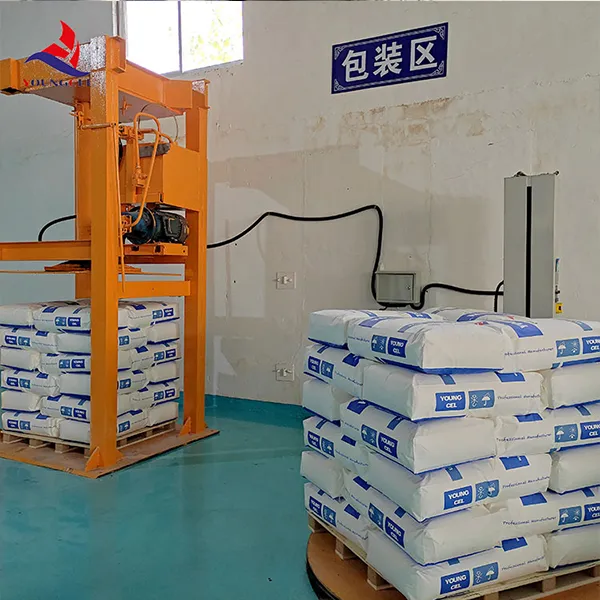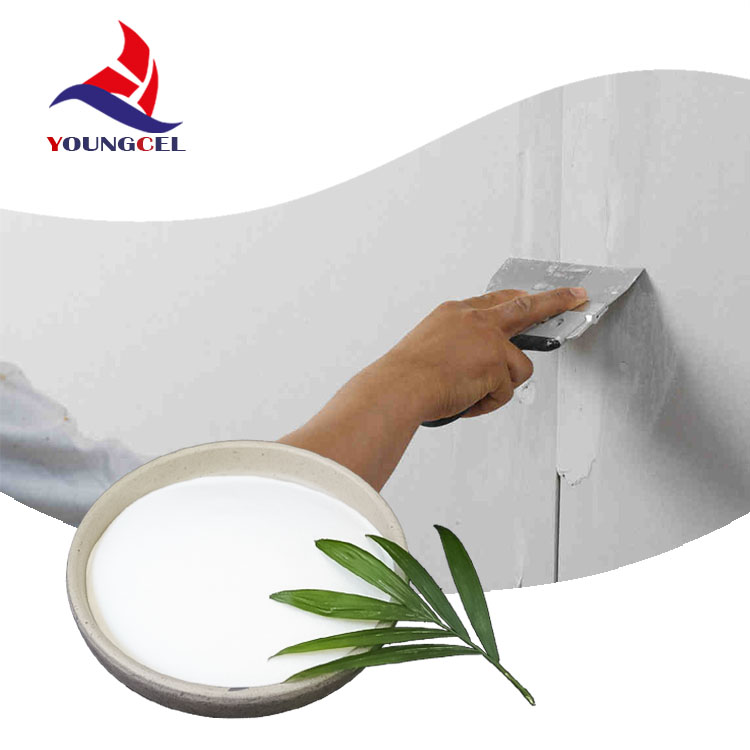bumili ng cellulos ether
Youngcel HPMC/MHEC is widely used as Chemical Auxiliary Agent for Tile Adhesive,Cement Plaster, Dry mix mortar, Wall putty, Coating, Detergent and so on.And we can provide you lowest price and best quality.
Our products are popular in Egypt, Russia, South Africa, the Middle East, turkey, Vietnam, France, Italy, Singapore, Bangladesh, Indonesia, South America and so on. Thanks in advance and welcome to contact.
Oral Solid Dosage Forms:
MHEC is utilized as a binder in tablet formulations, contributing to their mechanical strength and integrity.
It also serves as a disintegrant, promoting the rapid breakup of tablets in the gastrointestinal tract for efficient drug release.
Topical Formulations:
In topical preparations such as gels and creams, MHEC functions as a thickening agent, improving the consistency and spreadability of the formulation.
Ophthalmic Solutions:
MHEC is used in ophthalmic solutions to increase viscosity and prolong corneal contact time, enhancing the therapeutic efficacy of active ingredients.
Common and simple methods to distinguish the quality of HPMC cellulose:
1. The visual state of pure HPMC cellulose is fluffy, and the bulk density is small, with a range of 0.3-0.4g/ml; Adulterated HPMC cellulose has better fluidity and heavier hand feel, which is significantly different from the appearance of authentic products.


Generally, three principle working mechanisms for water retention can come into place whenever a cement paste is subject to filtration on a substrate. These potential mechanisms have been proposed in earlier works by Desbrières and are as follows [20], [21]: (a) Water retention as a result of increased viscosity: increased dynamic filtrate viscosity can decelerate the filtration rate. (b) Water retention as a result of adsorption: anionic polymers may adsorb onto hydrating cement particles and obstruct filter cake pores either by polymer segments which freely protrude into the pore space or even bridge cement particles. Through this mechanism, filter cake permeability is reduced. (c) Water retention as a result of physical pore plugging: polymers may plug pores in the cementitious matrix through formation of polymer films (e.g. latexes), or through large polymer associates which form a 3D network, or through simple swelling and expansion caused by the uptake of an enormous amount of water into the inner sphere and hydrate shells of polymers. This process leads to the formation of large microgel particles. Through this mechanism, a large portion of the mixing water is physically bound and cannot leak-off into a porous substrate. The enormous water-binding capacity of polysaccharides has been described in an earlier study. By using a sorption balance and a microcalorimeter it was found that at the saturation level, neutral polysaccharides (amylose and amylopectin) can bind up to four water molecules per anhydroglucose unit [22].
MHEC for Building & Construction